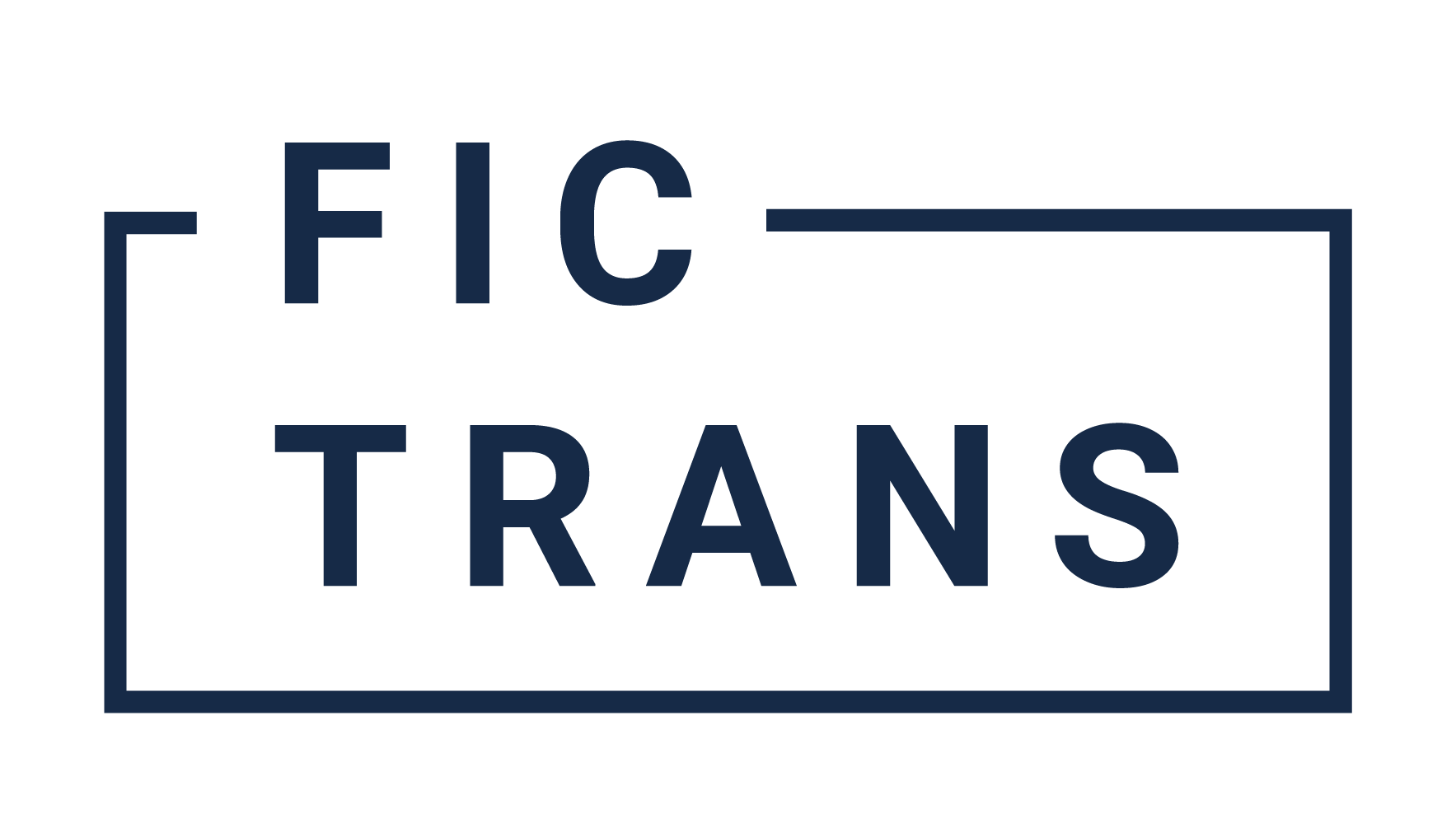Spanish 3D Cinema: 3D Stereoscopic Filmmaking Experiences During Franco’s Regime
This article studies the origins of Spanish 3D stereoscopic filmmaking in the 1950s and 1960s, in the middle of the Francoist regime. The speed with which three-dimensional short films were made suggests knowledge of foreign production technology and enormous flexibility and agility when creating 3D contents in Spain. The main objective of this research is to identify those Spanish films produced using stereoscopic techniques from the shooting itself or after their adaptation with post-production techniques for screening. The hypothesis is that the specific specimens of three-dimensional films supplied by Spanish cinema have responded to transient trends and have not meant commercially or artistically significant milestones, beyond experimentation with the possibilities of the format. However, they reflect Spanish cinema’s willingness to open to innovative technologies and to reach the audience. We applied a case study-based method from the bibliographic review of primary and secondary sources dedicated to film production and exhibition in Spain. Results show that the influence of American cinema in its most technological and commercial aspects is evident, even when the regime’s bodies operated aggressive protectionist policies against the import of American films. The conflictive relationship between Hollywood producers and Francoism did not prevent their box-office success nor their influence on the production modes of national cinema.
